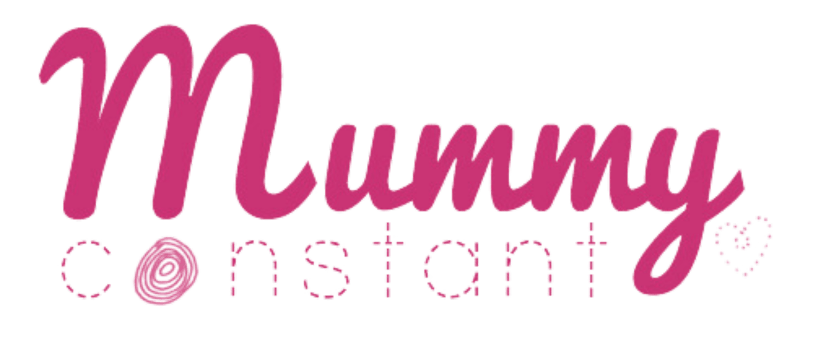Designing and crafting is something very destressing and therapeutic for your mind. Crafting something which you can later use for your own self is even more rewarding and gives you a sense of accomplishment. Sewing is one of those crafting techniques that requires skill and practice. It is rewarding in the sense that it reduces your dependence on a seamer and you can sew anything that is in your mind. While the ability to sew opens doors of creativity and options for you, it also involves a lot of research and technique. The most basic yet the trickiest part of sewing is to choose the right kind of fabrics for your sewing projects.
Generally, when sewing for garments, patterns play a key role in choosing what kind of fabric you will be choosing for your project. Every kind of pattern has a different kind of fabric demand. No matter how great a seamer you are, choosing the wrong kind of fabric can completely ruin your sewing project. Additionally, incorporating embroidery into your garments can add unique and intricate details, further enhancing the overall design and appeal of your creation.
Types of Fabrics for Garment Sewing
Although there are numerous different varieties of fabric available in the market, there are a few key types of fabrics that are used for garment sewing.
- Cotton: Cotton is one of those fabrics that offers you with a lot of room for your creativity. It comes in different weights and varieties and can be used for almost any type of garment, which makes it one of the most versatile fabrics.
- Jersey/ Knitted: This is a machine knitted fabric that originates from cotton too. It is one of the coolest and the most comfortable and easy to wear fabric and is generally used for casual clothing such as T shirts. That said, this fabric is one of the most difficult ones to handle while sewing.
- Linen: Linen is a widely used summer fabric because of its coolness. It is much easier to compare to other fabrics but it creases a lot.
- Silk: Silk is an expensive fabric and is difficult to handle while sewing. It is mainly used in luxury wear.
- Wool: Wool is often used as a winter fabric however, the multitude of varieties available in wool makes it versatile enough to be used in many different ways.
- Polyester: It is a synthetic fabric which is usually light weight. It is one of the cheapest fabrics available.
Sewing Basics for Beginners
If you are new to sewing, it is recommended that you start with fabrics that are easier to handle and do not involve a lot of complexities. Start with fabrics that do not slip or stretch while sewing such as cotton and linen. Avoid fabrics that are shiny and slippery such as silk and polyester. The lighter the fabric is in terms of weight, the easier it will be for you to sew. Heavy weight fabrics such as denims can be difficult to work with if you are not an experienced seamer. You can of course move towards more difficult fabrics as you learn with practice and experience.







Thank you